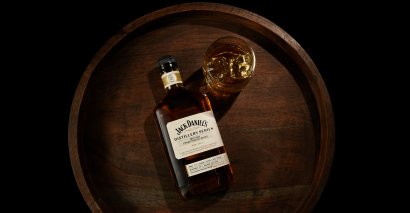
Peat. You either dig it or you don't. Peat manifests as smoky notes in whiskies as a result of burning peat to dry and flavor barley. The peat burned to add flavor to whisky creates an inconceivably resilient flavor. Following its smoke seasoning, the barley is crushed in a mill, soaked in hot water, fermented with yeast, boiled up in a copper still, and locked away in the darkness of an oak barrel for many years, and yet, when the cork is pulled from a fresh bottle, there's no mistaking smoke's tenacity.But is that smoke like a sparky beach bonfire, sooty embers of wood ash, or rings of aromatic cigar smoke? Peat is decaying, waterlogged plant life, starved of oxygen and compressed over time. The organic nature of peat's origins, its moisture content, and the manner in which it's burned all contribute to the final flavor of the smoke.The variety of decomposed plant life in peat influences the sensory characteristics. It matters whether the landscape was once a bed of soft, springy sphagnum moss, a labyrinth of hardy trees and shrubs, or a tangle of tough, woody twigs of heather. In technical terms, these phenolic flavor compounds can be filed as phenols, guaiacols, and syringols—broad groups of aromatic substances. Phenols evoke classic antiseptic and medicinal notes (think iodine and Band-Aids), guaiacols give smoky, savory, woody aromas, and syringols deliver spiciness and sweet vanilla. Follow the suggestions above to sort through peat smoke without getting bogged down.




